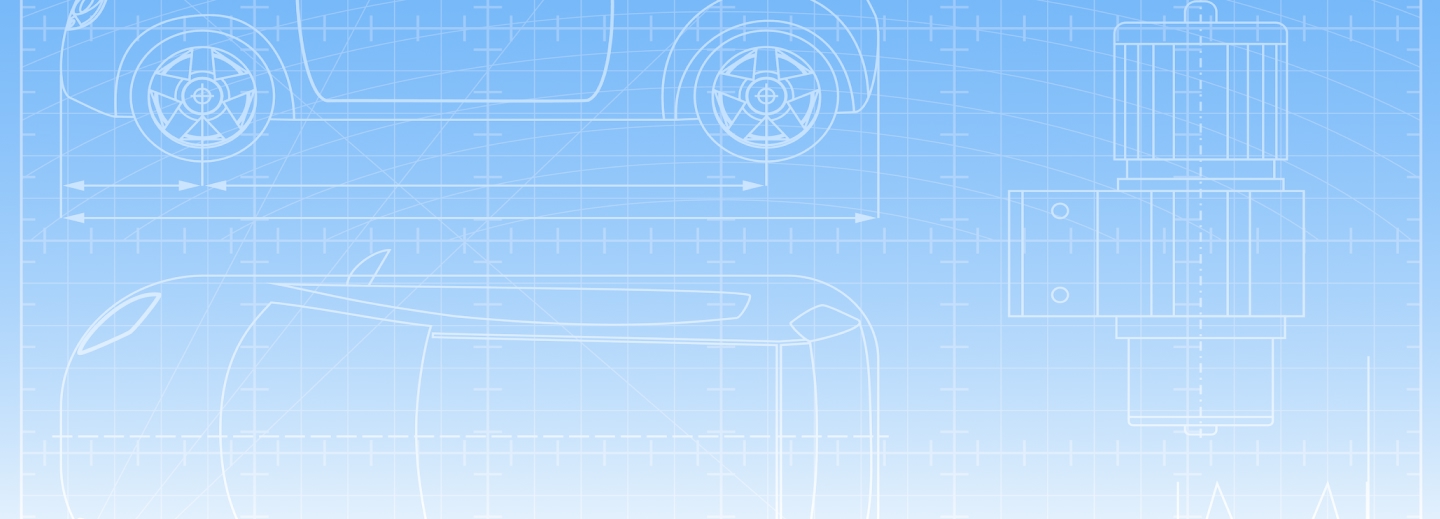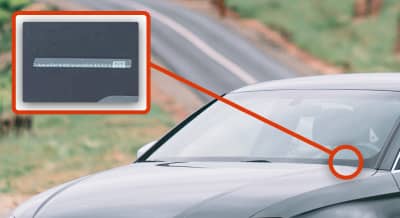


Lookup a Dodge Build Sheet
See original factory specs, options, and features for Dodge vehicles
If a Dodge build sheet isn't available, see if there is a Dodge window sticker.
Dodge Build Sheet
Looking for original factory specifications for your Dodge? A Dodge build sheet details the exact options, packages, paint codes, and drivetrain specs the vehicle carried as it rolled off the factory floor. Some automakers provide access to their build sheets at no cost. To make these build sheets easier to look up, iSeeCars created a Dodge Build Sheet tool: enter any Dodge VIN and, when an official build sheet is available, it appears instantly. If the automaker doesn't have one available, the tool searches for the availability of a window sticker which provides similar details to a build sheet.
How Do I Get a Free Dodge Build Sheet?

Find the Dodge vehicle's VIN number
You can typically find the VIN on the driver's side dashboard near the windshield or on the label inside the driver's door frame.

Enter the Dodge VIN
Enter the 17 alphanumeric VIN in the VIN box and click the "Look Up Build Sheet" button.

Get the Dodge build sheet
You will see a build sheet if there is one available. Download, save or print it.
Frequently Asked Questions
What Is a Classic Dodge Build Sheet?
Inside every classic Dodge lies a factory cheat-sheet--known historically as a broadcast sheet--that guided each stop on the assembly line. Printed the day production began, it lists the VIN, model year, assembly plant, paint and trim codes, engine, transmission, axle ratio and every option the car was ordered with. Workers consulted it station by station to install the correct parts, then usually tossed it once the car cleared final inspection. Occasionally those sheets survived, wedged beneath a seat cushion, taped behind the glove-box liner or trapped under the carpet--turning an ordinary piece of shop paperwork into a prized artifact that pinpoints a car's origins.
What Do Historical Dodge Build Sheets Reveal?
Pick up a sheet from 1970 and you are holding the car's original blueprint. A Charger's document, for example, would show the basic model and body style, the scheduled production date, a vehicle-order number and a field of cryptic codes for every component, from a 440 Six-Pack engine to the exact seat-belt webbing. Internal plant codes and tracking numbers map the car's route through trim, chassis and final-assembly lines, proof that logistics mattered as much as horsepower. Those codes also tell today's restorers if the car had a manual or automatic gearbox, and which exterior and interior colors it originally wore.
How Do Modern Dodge Build Sheets Differ?
The 21st-century sheet still starts with VIN, model year and plant, but it now lists trim designations such as SXT, GT, R/T, Scat Pack or Hellcat and spells out advanced safety tech, infotainment screen size, speaker count, performance packages and emissions certifications. Barcodes replace some text blocks, streamlining digital tracking inside the plant, and the sheet often references option bundles that mix appearance, suspension and driver-assist features. The extra detail mirrors the explosion of electronics and customization possibilities built into modern Challengers, Chargers and Durangos. Modern build sheets use full descriptions rather than codes to describe the vehicle's equipment, and they are much easier to obtain because the automaker keeps a digital record of each car's build sheet.
How Does a Build Sheet Differ from a Window Sticker?
The build sheet is a production tool packed with internal codes and torque-spec notes that matter to assembly line workers. The window sticker--legally the Monroney label--faces shoppers on the lot, translating the car's spec into MSRP, standard equipment, options and their prices, fuel-economy ratings, crash-test scores and warranty terms. One document is born before the first bolt is tightened; the other is printed when the car is ready to ship to the dealer.
Why Does a Dodge Build Sheet Matter?
Collectors regard it as a birth certificate that verifies originality, exposes any post-factory modifications and boosts resale value. Restorers rely on its paint and trim codes, drivetrain specs and option list to replicate the car exactly as it left the plant. Even routine maintenance benefits: a sheet that confirms a limited-slip differential or heavy-duty suspension tells technicians which fluids and components to order. For historians, each sheet offers a snapshot of how Dodge balanced customer demand, regulatory rules and production logistics in a given model year.
How Can I Obtain a Dodge Build Sheet?
For classics, the first step is to search the car itself--under rear seats, beneath front buckets, inside the glove-box housing, under carpet pads or on top of the gas tank. If the paper is gone, owners turn to enthusiast forums, registry databases and specialty services that scour manufacturer archives for a fee. Modern-car owners have it easier: entering a 17-digit VIN into tools such as iSeeCars' Build Sheet by VIN portal usually pulls a digital record instantly. Dodge customer service or a cooperative dealership can also print the factory equipment list.
How Do I Read and Decode a Dodge Build Sheet?
Start by matching the VIN. Next, consult model-year decoding guides--many published online or in Mopar reference books--to translate paint, trim, engine and option codes. A 1970 sheet labeled "BASIC CAR," "ENGINE," "TRANS," "AXLE," "PAINT," "TRIM" and "OPTIONS" lines up each code with the corresponding component. Modern sheets mix plain-language descriptions with any remaining codes, so options like the 8.4-inch Uconnect display, Brembo brakes or Driver Confidence Group are spelled out beside their internal identifiers.
What Has Changed in Build Sheets Over the Years?
Paper pages covered in punch-card fonts have yielded to digital records embedded with barcodes. Content has expanded from core mechanical data to include emissions compliance, air-bag counts, telematics hardware and software-defined performance modes. Yet the mission remains unchanged: document every nut, bolt and byte that makes a Dodge the car it is on the day it leaves the factory.






